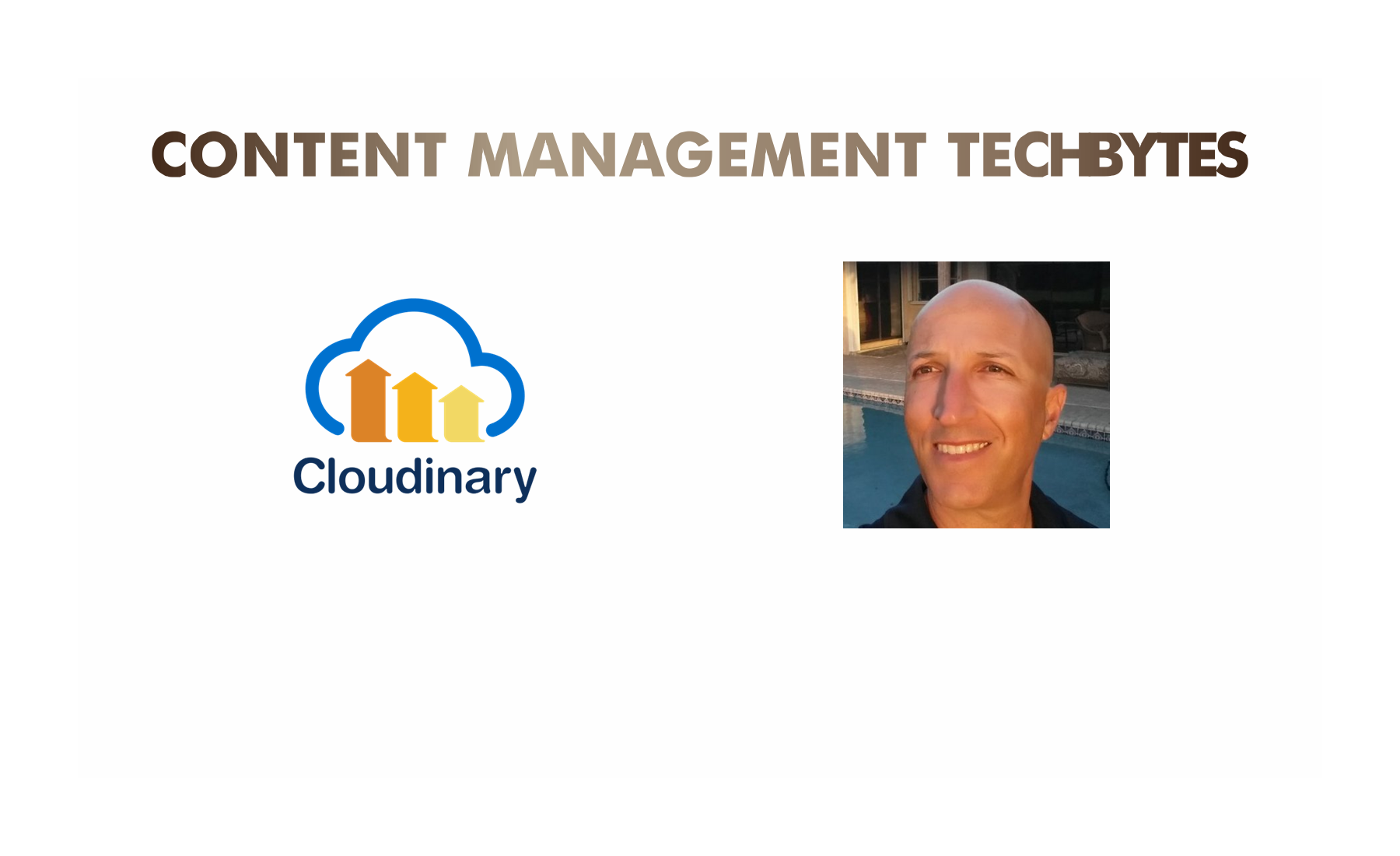
I’ve started numerous companies and have talked with and advised thousands of entrepreneurs and small business owners around the world. Here’s something we’ve all had in common: we all struggled to come up with a great name for our new company.
If you’ve never named a company, you’ll discover that naming is very time consuming and frustrating. 77% of consumers make purchases based on a brand name. A great name can make a big difference.
We spent over 50 hours in 2007 when we came up with “crowdSPRING”. Some entrepreneurs can easily spend hundreds of hours searching for a perfect name, only to hit a wall.
Naming is hard.
This is one reason why many years ago, we added company naming as a project category on crowdSPRING. Today, instead of spending dozens of hours looking for a name for a new company, I post a crowdSPRING project and let the community of 200,000+ creatives help me with a great name (and domain!). That’s how I come up with names for my other businesses.
Whether you find a name on your own or work with the crowdSPRING community, here are good tips to keep in mind to be sure you’ve found the right name for your new company.
Think about what you want the name to convey.
Your company’s name is an important part of your company’s identity. The name will appear on business cards, letterhead, website, promotional materials, etc. to identify your company and its products and/or services.
Service-oriented businesses should consider whether it will be easy for their prospective customers to recognize what services the business provides, based on the name of the company (example: Friendly Dog Walkers, Bright Accounting or Quickly Legal).
Marketing Technology News: Gartner Survey Shows Inside Sales Organizations Risk Losing 24% of Employees This Year
Brainstorm to identify possible names.
Once you understand what you want your company name to convey, you should set aside some time to brainstorm.
Think about words that describe your industry or the products or services you offer. Think about words that describe your competitors and words that describe the differences between your products and services and those of your competitors. Also, consider words that describe the benefits of using your products or services.
While brainstorming, look up Greek and Latin translations of your words – you might find new ideas from doing that exercise. Look at foreign words too (Swahili is often a great choice).
Expect this process to take some time. It took us about 40+ hours to brainstorm and then another 10 to finalize names before we picked “crowdSPRING” – we went through many possible names.
Keep the name short, simple, and easy to write and to remember.
The companies you admire typically have names that are short, simple, easy to write and easy to remember. (Examples: Apple, Chanel, Virgin, Southwest).
Obscure business names are often difficult to write and even more difficult to remember. This is a problem because for most small businesses, wordof-mouth advertising is the most successful form of marketing. If your customers can’t remember your name, can’t spell it or can’t properly pronounce it for others, it will make it difficult for them to help promote your business.
Don’t forget to consider the acronym of your company name (an acronym is composed of the first letter of each word in a phrase). You might not use an acronym, but your customers might refer to your business by an acronym. A name such as Apple Support Services can result in an unfavorable acronym – ASS.
Avoid names that are too narrow or too literal.
Think about how your business may evolve over time and make sure that the company name can evolve with the business. For example, if you name your company iPhone Accessories and later expand to sell accessories for other products, your original name will be too narrow and restrictive.
The same advice applies even if your company sells a niche product. For example, if you sell antique lamps, you should consider whether in the future, you might sell more than lamps. Naming your business Joan’s Antique Lamps may be too limiting when you later start selling antique clocks and furniture.
Avoid decisions by committee but “test” your name with others.
It’s tempting to involve friends, family, employees and customers in finding a name for our company. Sometimes, this can work out really well. But there are risks. People might be upset if you don’t pick a name they think is great. You’ll also find yourself trying to find consensus – which can lead to a very plain name. If you must involve others, pick a small group of people who understand you and your business (and pick a mix of right-brain types and left-brain types so that you can have some variety). Once you’ve selected a few possible choices, you should share them with a few trusted friends, family and customers to get some feedback about the name.
Marketing Technology News: Mono Solutions Joins Bauer Media Group to Strengthen SME Marketing Services Across the Globe
Avoid plain words.
Plain words make it very difficult to differentiate your company from your competitors.
For example, there were many logo design businesses around the world when we came up with the name “crowdSPRING.” Many of them had design or logo design in their name. But we knew that we would be expanding to many different industries (logo design, print design, graphic design, web design, industrial design, company naming, and many more) and we didn’t want to name the business Great Logo Design or ManyDesigners – it would have been descriptive, but not memorable and certainly not unique.
There are exceptions. General Electric is one of the most successful companies in the world and its name is composed of two plain words. But, General Electric was one of the first companies in its product/service category and was able to get away with a plain name by spending billions of dollars on marketing and advertising.
Be careful with geographic names.
Some people use their city, state or region as part of their company name. If you plan only to work in your city, this might serve you well. But a geographic name could hinder you later. One great example is Minnesota Manufacturing and Mining. Initially, the name worked because the business was focused on Minnesota. But once the company grew beyond their industry and the state of Minnesota, they needed to find a new name – 3M.
Avoid obscure words.
Company names that help tell stories can be powerful and memorable (think about Google, for example). But obscure words or references might be difficult to spell or pronounce. Be especially sensitive if you’re trying to reach a mass audience, such as one on the Internet. Obscure or invented names can work – Xerox is a great example – but this often requires a huge marketing budget and tremendous effort.
Avoid trends.
You’ll want your company’s name to evolve as trends evolve, so be careful to identify the trends and to avoid following them. For example, in the late 1990’s, it was trendy to use a “.com” after your company name if your company was an Internet business. After the Internet “bubble” burst, the “.com” became synonymous with having no business model and those companies who survived very quickly dropped “.com” from their names.
Consider whether you can register a domain.
It’s important to make sure that your competitors are not using the same name in your industry. It’s not uncommon to find similar, or even identical, names in different industries, but this can result in confusion for your customers and vendors. If your competitors are using the same name – you’ll expose yourself to possible litigation and you’ll likely be unable to obtain trademark protection for your company name.
Look for a company name that is also available for registration as a domain (ideally, a .com domain). This is not easy because .com domains are very popular and you’ll struggle to find available domains that match your company name. This is one reason why every naming project on crowdSPRING is accompanied by a domain name.
Today, URLs are becoming less important because most people are searching online and clicking on links. But it’s still important that your URL is short, easy to pronounce and easy to spell. And, whatever you do, don’t make the mistake of operating under one name but having a URL pointing to a completely different name.
Marketing Technology News: Adobe Survey Says That Voice and Screen Combined Are the Future











